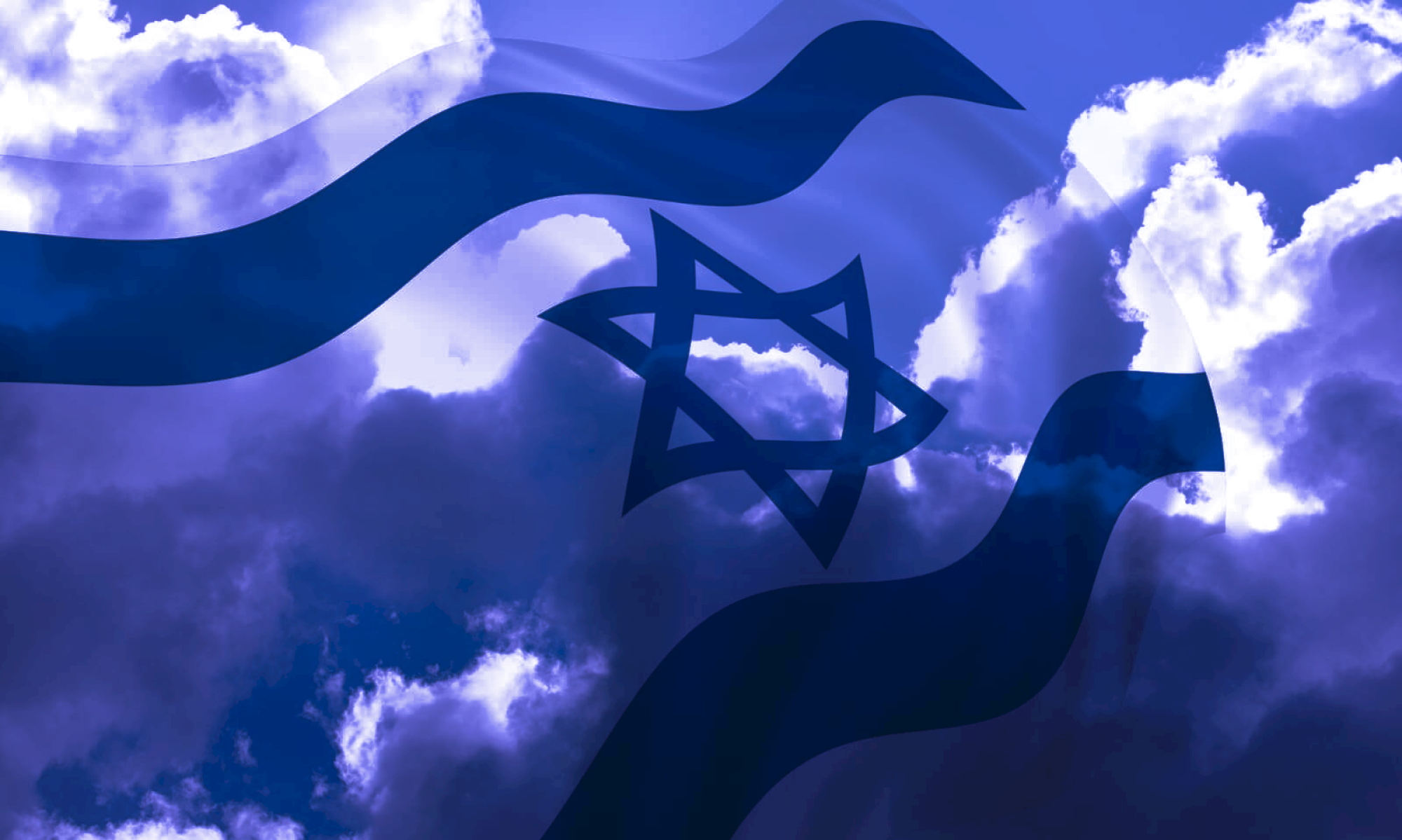
Despite political tensions, dozens of Jews, including Israelis, have been visiting the tomb of the Prophet Nahum in the Kurdish city of Alqosh, Iraq, since its restoration in 2022, according to the project’s organizer
After arriving in Erbil, the capital of Iraq’s autonomous Kurdish region, Rabbi Asher Lopatin of Michigan woke up at 3 a.m.
and traveled through the desert to Alqosh, about 75 miles away.
At dawn, he put on his tefillin (religious objects used in Jewish prayer) and prayed beside what tradition holds to be the tomb of the biblical prophet Nahum.

“Alqosh is a lovely Christian city,” Lopatin told The Times of Israel by phone.
“I was met by some city officials at 4:30 a.m., and we went to the tomb.
The sunrise, around 5:30 a.m., brought a brighter and brighter light.
It was beautiful.”
Neglected for decades and threatened by war, Nahum’s Tomb reopened to visitors three years ago after a restoration led by an American cultural preservation group.
Since then, many Jews, including Israelis, have visited the site, despite its sensitive location.
Adam Tiffen, deputy director of the Alliance for the Restoration of Cultural Heritage, which led the project, said visitors have included members of once prominent Iraqi Jewish families.
“We don’t have an official record, but we estimate that dozens of Jews have visited the site since the restoration,” Tiffen said in an email.
“Visits are possible, but they need to be arranged in advance because of the sensitive location and local government oversight.”

It is not known exactly when the tomb was built, but Iraqi Jews have believed for centuries that it belonged to the prophet Nahum, whose words are recorded in the biblical book that bears his name.
Little is known about Nahum, but he is called “Alqoshita.” Some believe Alqosh is the Kurdish town near the Tigris River, while others say it may be Kfar Nahum, now called Capernaum, in the Galilee.
Tiffen, a Maryland National Guard veteran who has served several tours of Iraq, visited the tomb in 2016, when the fight against the Islamic State was raging nearby.
At the time, the site was in ruins, with the roof partially destroyed and rubble everywhere.
In the years since, Tiffen’s organization has raised about $2 million, half of it from the U.S. government, to restore the tomb and the adjacent synagogue.
Despite delays caused by the COVID-19 pandemic, the project was completed in 2021, and the site was set to open to the public in 2022.
Jews, interfaith groups, heritage travelers, adventurous backpackers and local students have all visited the tomb.
“Most Jews visit in a low-key manner, but their presence is very significant.
Many come to pray, leave stones (a Jewish custom) and reconnect with their roots,” Tiffen said.
“Some have family ties to the area, while others want to preserve Jewish heritage in Muslim-majority countries.”

An oasis of tolerance
Lopatin, who is the director of community relations for the Jewish Federation of Ann Arbor, Michigan, traveled to Iraq to participate in the first Kurdistan National Prayer Breakfast just after the Passover holiday.
He said he was welcomed in Erbil and Alqosh, wearing his kippah (Jewish skullcap) without encountering any problems.
“Kurdistan is a magical oasis of tolerance, openness and security,” he said.
He was invited by leaders of Detroit’s Chaldean community, which has about 200,000 members, most with roots in Iraq and Syria.

“At breakfast, there were Christian and Muslim leaders speaking to about 1,000 people.
The focus was on tolerance and peace,” Lopatin said.
However, as a visible Jew, he noted some caution about his presence.
Although Iraqi Kurdistan has a lot of autonomy and many Kurds are open to ties with Israel, the region is still under Baghdad’s laws, which prohibit relations with Israel.
In 2022, the Iraqi parliament passed a law that criminalizes any contact with Israel, with penalties ranging from life imprisonment to death.
“I took a picture with an imam, but he asked me to delete it and forget his name,” Lopatin said.
“I was warned that talking to an Israeli can lead to the death penalty, and even interacting with a ‘Zionist’ can lead to five years in prison.” Despite this, Lopatin believes that Kurds have a positive view of Israel.
“I think the Kurds are great allies of Israel.
They are not open because of the political balance, but they have the potential to be good friends.”
Although Israelis have visited Nahum’s tomb, including during its restoration, Tiffen stressed that caution is needed.
“The area is protected by the Kurdish regional government, which has its own visa and security rules.
But Iraq has no relations with Israel, and Israeli passport holders are turned away at the border.
Dual nationals can enter using another passport, but caution is needed,” he explained.
The Jewish community in Iraq, which has existed since the Babylonian exile in 586 B.C., was once one of the largest in the Middle East, but today only a few dozen Jews remain.
Baghdad has a single synagogue and no rabbis, and many homes that once belonged to Jews are abandoned.
Still, Baghdad’s small Jewish community recently began raising funds to restore the seventh-century tomb of Rabbi Isaac Gaon in the capital.

Another Biblical Restoration
In addition to Nahum’s Tomb, the Alliance for the Restoration of Cultural Heritage also restored the Ezekiel Synagogue in Shush, about 50 miles from Alqosh in the Zagros Mountains.
The work was completed in 2023. Tiffen visited the site in 2020 and confirmed that it was an ancient synagogue.
“I was struck by how isolated the area is,” he said, comparing Shush, a small village of shepherds and farmers, with the larger city of Alqosh.
According to local tradition, the Jews of Shush were descendants of the tribe of Benjamin, who migrated to Kurdistan after the destruction of the Kingdom of Israel in the eighth century B.C.

“The locals said that a general of King David named Uriah the Hittite is buried near the synagogue,” Tiffen said.
In the Bible, Uriah was a loyal soldier whose death was planned by King David so he could marry Uriah’s wife Bathsheba.
The Jews of Shush were part of a network of Kurdish-speaking Jewish villages with ties to religious centers and trade routes.
Most emigrated to Israel in the 1950s, but older residents still remember their Jewish neighbors.
Today, in Shush, you can find the remains of an ancient church, a mosque and a Zoroastrian fire temple near the synagogue.
“It’s as if thousands of years of faith in the region were brought together in this place,” Tiffen said.

With a $500,000 grant from the U.S. government, the same team that restored Nahum’s tomb worked on the Shush synagogue.
Tiffen isn’t sure whether Jews have visited the site since then, but he thinks it’s likely, even though Shush is more remote and less well-known than Alqosh.
For Tiffen, the restoration of these sites is of great significance.
“The projects in Alqosh and Shush were undertaken with the support of Christians, Jews and Muslims.
With the right partnerships and mutual respect, such initiatives can succeed.
They bring hope, not only for preservation, but for coexistence, mutual recognition and cultural resilience in a region that sorely needs it.”
Published in 06/30/2025 23h58
Text adapted by AI (Grok) and translated via Google API in the English version. Images from public image libraries or credits in the caption.
Reference article:
| Geoprocessing Drone Systems HPC |

| ERP and CRM Systems Mobile Systems AI |


